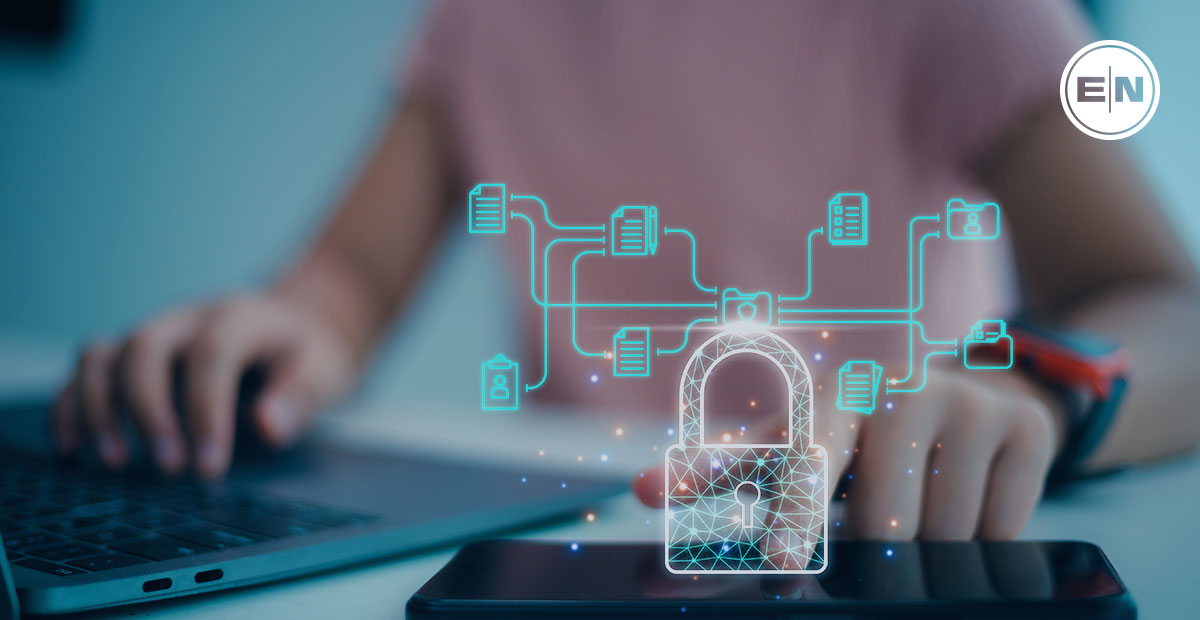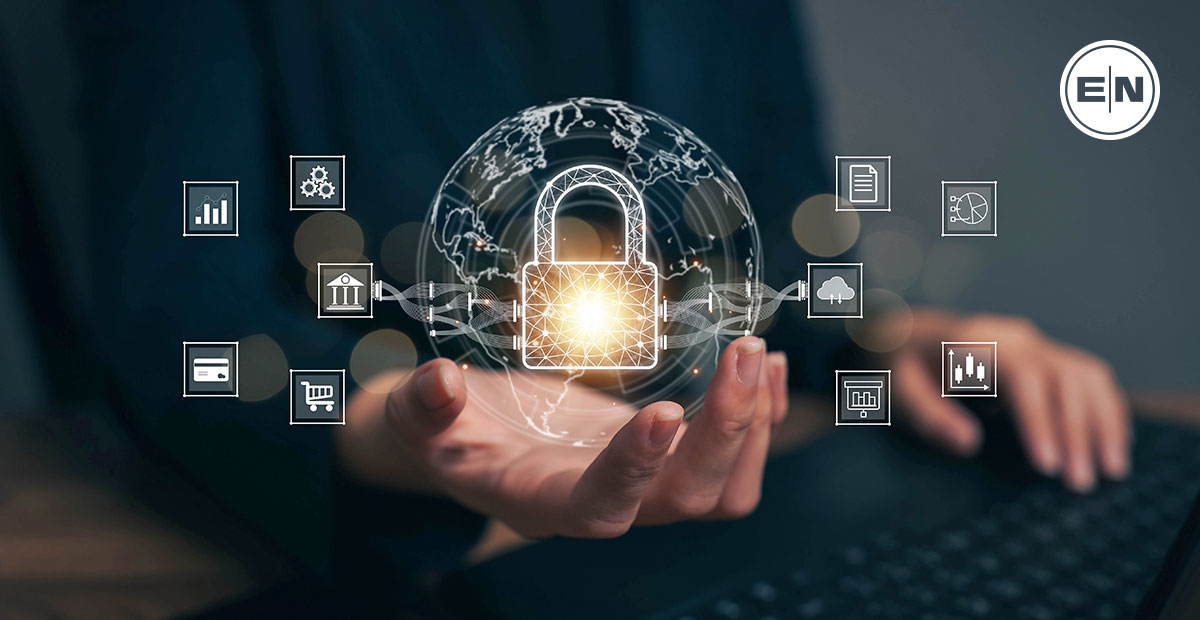5 Essential Steps For Ransomware Backup Strategy

There is no denying the prevalence of numerous cyber security threats in today’s increasingly digital world. Cybercriminals constantly exploit devices to access sensitive data, and ransomware is one of the deadliest and most effective weapons in their arsenals. Many organizations have lost critical data due to ransomware attacks, so it is best to take proactive steps to prevent them from happening. However, having a ransomware backup strategy can help you recover your data once an attack has already occurred.
What Is A Ransomware Attack
Ransomware is a type of malware that encrypts your digital files or locks you out of your network. When ransomware breaches a system, it searches for and encrypts valuable files using asymmetric key encryption, so only the attacker has the private key to decrypt the files. As such, the cyber attacker demands a ransom fee to decrypt the files or restore network access.
Ransomware victims are typically given instructions on paying the ransom through random notices displayed or text files containing orders. Payment may range from a few hundred to several thousands of dollars, always to be paid in cryptocurrency for anonymity’s sake. Ransomware is big business for cyberattackers, as a whopping $5billion was lost due to ransomware attacks in 2017 alone.
What Is A Target For Ransomware?
Many cybersecurity experts agree that nearly everyone is a target for ransomware, from small businesses to celebrities. Some of the popular targets of these attacks include:
Healthcare industry – Many hospitals and medical devices use outdated software that makes them relatively easy to breach. Hospitals are a favorite target for cybercriminals because they are critical institutions, as hospital officials are more likely to pay ransoms to avoid threatening patients’ lives.
Government agencies – Government agencies are prominent and have critical sensitive data. Therefore, these agencies are popular targets for ransomware attacks because they cannot afford to lose sensitive data.
Mobile Devices – Access to mobile payment, personal media files, and credentials to online services are common sensitive data found on many phones, making them a popular ransomware target.
Academic Organizations– Academic organizations are prime ransomware targets due to the large volume of research, intellectual property, and financial data of staff and students in their possession.
Human Resource Departments – HR systems have the personnel and financial records that make them prime targets for ransomware attacks.
How To Protect Backup From Ransomware
A great ransomware data backup strategy is undoubtedly crucial to secure yourself against ransomware. If you have backed-up data that any ransomware fails to encrypt when it strikes, you can recover your data quickly without paying any ransom. Some of the best ways to protect your backups from ransomware include:
Keep a secondary offline backup – Ransomware can attack anything the infected system can access. Although your end users may not be backup administrators, your backups can become infected indirectly. In such cases, you will lose the primary copy of the data and the backup copies, and there might be no other way to access your data besides paying the ransom. Therefore, backup your data to sources disconnected from your system, like removable media, and keep these devices in a safe place until needed.
Use immutable storage – Immutable object storage can store your essential data in a bucket and lock it to block further modification. Therefore, using immutable storage can secure your backups from ransom attacks, keeping them unchanged.
Backup Frequently – Your backup frequency determines how much data you could potentially lose in a ransomware attack. As such, many experts recommend backing up critical data at least once hourly.
Using Backup To Protect Against Ransomware: Top 5 Steps
1. Review And Update Backup Policies
Backup is only effective when robust and thorough. Therefore, great backup policies must be the core of your ransomware backup strategy. For instance, you can adopt the 3-1-1 rule; making three copies of data, keeping two in different forms and media, and storing one off-site to isolate it from the business network.
2. Air Gap Business Data
Although cloud storage can prevent data from physical destruction, it will not automatically offer ransomware protection. Therefore, backups using traditional backup media like tape are crucial to supplement cloud backups, which can be the off-site copy.
3. Make Regular Backups And Review Retention Policies
Organizations need to back up their data often. CIOs must also review policies for frequent backup, particularly how often data is backed up to off-site locations and traditional media. Also, IT teams must check how long they keep copies since ransomware can leverage time delays to avoid detection.
4. Ensure backups Are Clean And Robust
System patching, up-to-date malware detection tools, and strict air-gap policies can help organizations ensure their backups are malware-free. You can use ‘write once read many’ (WORM) media like optical disks for added protection. Lastly, limiting access to essential data stores can halt ransomware spread and make backups more secure.
5. Test And Plan
Backup and recovery plans must be tested to calculate recovery times and determine which data is recoverable. To do this, you can test all the phases of your recovery plan using duplicate media.
Why Choose Externetworks For Managed Ransomware?
We offer completely managed ransomware services to secure your company from attacks. In addition, we adopt a proactive approach to seek and neutralize the latest threats besides reducing your risk. Also, our technicians move swiftly in the event of an attack, minimizing data loss and downtime.
Please get in touch with us today at www.extnoc.com to get started.





